|
In video production it’s not uncommon to work with a small crew, or even go one-man-band style. You don’t always have the “luxury” of filling one specific role (at least outside of the film unions, that is). Personally, I prefer wearing multiple hats and filling different roles on set. Aside from just being great experience, it also provides a deeper insight and understanding of the semi-complex ecosystem that is a film set. Each role and task is an integral part of the production as a whole. I began my foray into video production with an interest in editing. It wasn’t long after I found myself as a PA on set. Then working with lighting, setting up and manning the camera, mic-ing up talent or holding a boom, directing a shoot – these all have their own technical video-jargon titles (gaffer, grip, best boy, etc.), but that’s worthy of an entirely different post. I’ve recently taken on the mission of exploring the world of audio recording and editing. Audio quality can quite often make or break a video, so no pressure, right? I’m no stranger to mounting a microphone on a camera and pointing in the right direction, patching into a soundboard and just hitting record, or using handheld mics for those late-night karaoke sessions – but I’ve recently discovered how expansive the world of audio production can be. Well, to be honest, each role on set has it’s own sort of world within a world, but I’ll save some of that for later. For now, I’d like to share some of the basics I’ve learned about audio, starting with the different types of microphones. In an attempt to keep this post from turning into a textbook, I’m only going to talk about the three major types of microphones and pick-up patterns.
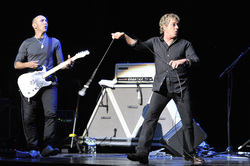 Again, there are plenty other types of microphones out there, all with their own benefits and specific applications. Not to mention, there are also wired and wireless versions of all of these. But before you can really choose which microphone you need, you really need to understand how the microphone works. No, not the internal electronics and technology. Rather, how and where the mic is going to pick up sound, and just as important, where it will not – also known as the pick-up pattern. Once again, I am going to simplify this down to three basic patterns.
Understanding how these microphones work will really help determine which type of mic is best for any given situation, but it takes practice and a skilled ear to really perfect audio production. Regardless of which mic you are using, a quality pair of headphones is crucial! Be prepared to constantly monitor recording levels. Listen, not only for the sound you are supposed to record, but also for anything else that might be captured (distant traffic, or a phone ringing). And if you want to be a boom operator, practice by holding a heavy stick over your head for hours at a time.
And there you go… With this brief and shallow understanding of microphones, you can now call yourself an Audio Engineer. Quiet on set! Will Campbell Production Manager @SurvivorWill
0 Comments
|
OAKNOTESCategoriesArchives
February 2018
|

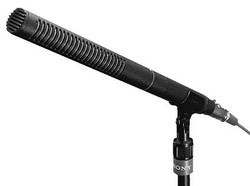
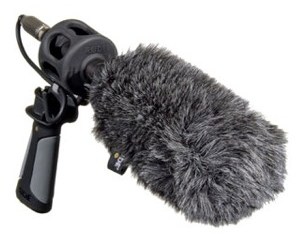
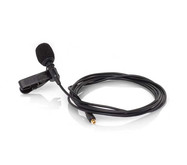

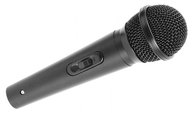
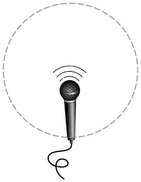

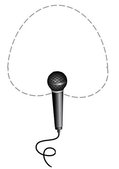
 RSS Feed
RSS Feed